NASAM Update as of the 6th May 2024
In This Edition
Summary of Contents
Some photos … In this edition of the blog, in “Museum News“, we have some snaps taken by Paul during the visit of the Northampton MX5 Owners Club visit to the Museum on Sunday, the 21st of April 2024.
Also, in this section, we have photos passed on by Gary of the Norfolk Scent Dogs visit to the Museum on Thursday, the 25th of April 2024. With more photos from Gary of the Ducati Motorcycles Club visit on Saturday the 4th May 2024.
More photos ??… In the next edition of the blog, we will publish a few photos of the 40s Day At The Museum, which also included a visit by the Harley Davidson Owners Group – III Rivers Chapter.
Barry, and his update on the work of the Paint Team can then be found in “Inside and Outside – The Museum“, where he gives us a couple of weeks’ updates on the cleaning of the aircraft and other “paint” jobs around the Museum.
Finally, in this section, we have an article from the Archives where Graham describes another item donated to the Museum that will enrich our collection. This is a WWI-era Thornton-Pickard Mk III H Camera Gun. Details of the camera gun and some background research carried out by Graham can be found towards the end of the blog.
In the last section of the blog, “Event Information“, we have details of two more events in May.
Pete S
Museum News
General news from the Museum
Some Mazda Snaps
Looking back to Sunday, the 21st of April, we had the pleasure of hosting the Northamptonshire MX5 club on an outing to East Anglia. As can be seen from the photos below, the weather smiled kindly on the day, allowing the owners a photo call and the time to enjoy the museum.
Paul
(Photos) MX5 Club Visit
![]()
Norfolk Scent Dogs
We hosted the “Norfolk Scent Dogs” at the Museum on Thursday, April 25th, under the watchful gaze of Jo Tippett. Julie Fletcher provided the photos below for our blog and social media sites.
Gary
(Photos) Norfolk Scent Dogs
![]()
Ducati Owners m/c Club
We had a visit on Saturday, the 4th of May 2024, to the museum from the Ducati Owners Club GB, who, having been on a ride-out around the county, decided to drop in at the Museum just after lunch, having visited the airfield at Old Buckenham.
Gary
(Photos) Ducati m/c Club Visit
![]()
Event Postponement
 I know we have said this before, but please note that the East Coast Pirates‘ visit to the Museum on Sunday, the 12th of May, 2024, has been postponed.
I know we have said this before, but please note that the East Coast Pirates‘ visit to the Museum on Sunday, the 12th of May, 2024, has been postponed.
We are still hopeful that the visit of Great Yarmouth’s largest car club can be re-organised for a later date.
If the club rebooks a visit, we will publish the details here, so stay in touch for more information as soon as we have them.
Pete S
Inside and Outside – The Museum
Information from the various teams
Paint Team Update
Paint (Removal) Team Update 23/04/24 – HASPa la vista baby!
Digressing for a moment, if like me, you occasionally wonder what a Museum Manager actually does (no, just kidding Gary), this week Gary played an absolute blinder and fixed the broken lock for us on the Bloodhound Trailer. Calling on his many years of trade experience in Service, Gary refixed the detached hasp. It must have been a riveting job, good as new (see pic 01)!
So, the boys mustered at the Paint Store at 09:15hrs, ready to recover all the pressure washing kit that had been emptied from the lockless Bloodhound Trailer the previous week.
Mark and Ian headed for the Canberra, while Cliff went off to finish off (quite literally) the Javelin. Barry set up station next to the Hunter.
Revelling in the occasionally dry (but still cold) weather this week, Mark and Ian got stuck into the Canberra, with Mark keen to assert his authority (and pressure washer) over WH940 (see pic 02). Down in the front paddock, the Skipper (Cliff) completed the starboard wing and tail (see pic 03), before moving on to the port wing. By the end of the morning, the Javelin was looking fairly sorry for itself. Removing the green algae from the upper wing surfaces had also resulted in the removal of quite a bit of the green paint (see pic 04 )!
Also in the morning, Barry gave the (recently repainted) Hunter a ‘light wash’ using a combo of hand washing and blowing the residual dirt off with a ‘dialled back’ K4 (see pic 05). Rather pleasingly, no paint was lost during this process (for a change!).
Spirits were lifted at lunchtime as Gwen handed round some truly man-sized chunks of home-made Guinness cake. Delicious!
In the arvo, Mark and Ian moved down to the back of the Canberra to finish off the rear fuselage and tail sections (see pic 06), making sure not to ‘blow a hole’ in the canvas sections of the tail fin.
To round off the day, the awesome twosome trotted down to the front paddock for a quick bit of Whirlwind action. Armed with the Karcher telescopic extension pole, they then set about cleaning the Whirlwind’s rotor blades and gearbox (see pic 07).
Sensibly, our elder stateswoman (Gwen) found some jobs to do indoors. First, she gave the Coastal Command lifebelt a lick of paint, before moving on to prep the Oxygen/CO2 ground rig with some Red Oxide Primer (see pic 08).
30/04/24 – What’s that yellow thing in the sky?!
Well, I’ll be an old ferret. We actually had some decent weather this week. It was dry and sunny, and by mid-morning the boys were down to T-shirts only (and kecks obviously).
This week’s ‘warm up’ exercises involved lugging the flagpoles from the Engineering Workshop down to the 446th memorial (see pic 09). After much huffing and puffing and enough ‘double entendres’ to fill an entire Carry On film script, our three pole-sters managed to get the poles into their respective sleeves. Job done (see pic 10).
Your correspondent sensibly kept out of the way and opted for the ‘lite’ warm up option which entailed fitting some grub screws to the K4 Pressure Washer’s wheels, to stop them falling off every 5 yards. Job done (no photo as this was photogenically a very dull task).
Meanwhile, Gwen, buoyed up by the presence of a yellow thing in the sky, resumed her marathon job of giving all the portakabins a fresh coat of paint. This week she got as far as the Archive Room (see pic 11).
After the ‘warm up’ exercises, it was collectively agreed that the HP Sea Prince was the outside exhibit most in need of a repaint this summer. So, the boys toddled off to the Paint Store to find the Sanders!
Although the Valetta is currently unfinished, it was decided that it would be prudent to wait for the weather to warm up/dry up a bit more, before starting any painting on the nose etc. We also need John S. to complete the repairs to the fuselage windows and for Cliff to confirm the size of the various markings.
Back over on the HP Sauce, er… Sea Prince, a quick inspection of the roof revealed that it was in a very poor state of repair (see pic 12), with several previous fibreglass patches now starting to fail. Over lunch, the problem was relayed to those sitting in the NAAFI and Ivor quickly volunteered the services of his (absent) mate Tony to come and fix the roof for us. Hurrah.
Steering clear of the fuselage roof for now, Mark and Ian (Wing) Walker started prepping the tops of the wings (see pic 13). By close of play they had probably got about halfway along each wing.
Back at ground level, your correspondent adopted the sound principle of ‘starting on the nose and working backwards’ down the fuselage (see pic 14). By close of play, it was fairly evident how much progress had been made (see pic 15).
During the day, various conversations were had as to how we might, in the automotive vernacular, ‘pimp my Prince’ and make it more interesting for visitors to look at. The boys were in favour of reverting to the previous light aircraft grey/dayglo orange colour scheme (see Britmodeller site model T1 for details) until the Skipper (Cliff) pointed out that ‘in service’ dayglo orange tended to fade very quickly. Not ones to give up on an idea easily, we are therefore now on the lookout for a close matching bright orange paint. All suggestions gratefully received!
Barry
(Photos) Paint Team Update
![]()
Archives Update
Thornton-Pickard Mk III H Camera Gun
There was an interesting moment at the Museum about a month ago when a gentleman visitor asked to see The Manager and was directed towards The Office. Nothing unusual in that – it happens all the time. The interesting bit came when he got there and met with Gary – he delved into the bag he was carrying and produced – a Large Gun! Thankfully, that sort of thing definitely doesn’t happen all the time.

Gary’s immediate response wasn’t recorded – but the gent explained that he had rummaged in the attic of his Grandfathers house and had found a number of items and unmarked boxes that had been forgotten in the mists of time. The gun was just one of the items discovered. He apologised that the weapon he was holding was incomplete, hoped that further rummaging might unearth some or all of the pieces that were evidently missing – and said that the Museum was welcome to the device and any further possible discoveries for our displays. The gentleman wanted to remain anonymous, but we record our grateful thanks to him here anyway because what he has donated to us is a First World War Thornton-Pickard Mk III H Camera Gun, based on the ubiquitous Lewis machine gun, that was designed to train RFC and RAF Gunners in the delicate art of shooting down attacking enemy aircraft.
 The gun chassis is marked with the serial 3126 in large numerals and carries a plate stating ‘Thornton-Pickard Altringham Mk III H’. The camera gear – lens, film canister, graticule screen etc had been separated from the gun long ago and the circular magazine and gun sights are also missing – all parts, we hope, that might be rediscovered in the attic. The mechanisms inside the core of the gun are in very good order though – the cocking lever, the chain and spring that wound the film and the trigger mechanism are all working nicely and, while some external wood and paintwork are either missing or a little challenged, the whole thing needs only a good clean and a little lubricating oil to be worthy of a place in the WWI displays at the Museum. This work is still going on – and we hope to be able to get it on show in the near future. Interestingly, we also have a G3 version of the gun on display – but more of that later.
The gun chassis is marked with the serial 3126 in large numerals and carries a plate stating ‘Thornton-Pickard Altringham Mk III H’. The camera gear – lens, film canister, graticule screen etc had been separated from the gun long ago and the circular magazine and gun sights are also missing – all parts, we hope, that might be rediscovered in the attic. The mechanisms inside the core of the gun are in very good order though – the cocking lever, the chain and spring that wound the film and the trigger mechanism are all working nicely and, while some external wood and paintwork are either missing or a little challenged, the whole thing needs only a good clean and a little lubricating oil to be worthy of a place in the WWI displays at the Museum. This work is still going on – and we hope to be able to get it on show in the near future. Interestingly, we also have a G3 version of the gun on display – but more of that later.
Fascinating – and confusing – we needed to do some research…
From the web (please see the end of this article for a short list of those sources) it was easy to work out the history of the Thornton-Pickard company. Boiled down to essentials they began designing and manufacturing camera shutters in the late 1880’s, expanding into producing complete larger format cameras in the following years whilst being based in Altringham, Cheshire. John Thornton was also developing film technology around the same time, for both stills photography and a revolutionary three-colour cine film, both of which eventually came under the control of Eastman Kodak. He left to pursue this interest in the USA in 1898, shortly after the death of his original business partner, and the company was led in its camera design and manufacture by successive Pickards until 1939 when it finally closed down. The Company’s expertise in shutter technology and photographic film put them in a strong position to help military efforts as WWI loomed.
The Mk III H camera gun was developed from around 1916 in conjunction with the RFC Gunnery School, which is recorded as being based in Hythe, near Manchester – the ‘H’ in the Mk III H seemingly refers to Hythe. It was deliberately based on the chassis of the Lewis machine gun, which was fitted to most defended aircraft in the RFC and was easily available. It became the camera gun of choice because of its use of 2 spooled 120 sized films rather than cumbersome and heavy photographic plates and because it was relatively simple to fit to a range of aircraft. It was used extensively as the RFC became the RAF, was commercially available after the war and was used for training by the RAF into the early years of WWII.
The specific history of our new exhibit would have been fantastic to find but, despite the serial number being unique and prominent, this has proved impossible to do. A later batch of the guns, produced in the early 1930’s before production stopped around 1934, were designated ‘G3’ – and this is where the other example that we have at the Museum originated. It is interesting to be able to compare the two.
The Mk III camera sported an 11” lens fixed at f8 with a leaf type focal plane shutter similar to todays SLR cameras. No focussing was required – or possible, and the camera unit was able to incorporate glass graticule screens that either showed circular or square ‘target’ marks in front of the film to allow the shooting results to be assessed. Loading and unloading the film was quick and easy, and developing the film – which would have been black and white, was no more difficult than it is today.
Further, and fuller, information on the Thornton-Pickard company history and on the Mk III H itself, is available on the web in a variety of places – we have skimmed the surface here to put our fantastic new acquisition in perspective and to whet the appetite of visitors who may wish to view it and will add further detail to the display placard. Its certainly worth a look – and if anyone out there has some parts for the thing then Gary would be only too pleased to hear from you…
Sources:
Thornton-Pickard : http://camera-wiki.org/wiki/Thornton-Pickard
Mk III H Camera : http://camera-wiki.org/wiki/Mk._III_Hythe_Camera_Gun
Mk III Hythe Camera Gun : http://www.earlyphotography.co.uk/site/entry_C497.html
Graham
![]()
Event Information
What next at the Museum
May – Upcoming Events
Below, you will see small posters for the museum’s upcoming events in May. If you click on the appropriate poster, the link will take you to the event information on our websites.
Pete S

The Repeat Info
Here we are in 2024 and the repeat information is still here I’m afraid, and I make no apologies for keeping his section in our blog. We are a charitable organisation relying on monies from the public to keep us going. Any help we receive is gratefully accepted and enables the museum to continue in our mission “To conserve, preserve and promote the history of aviation in East Anglia, whilst providing a fun, family-friendly and interactive museum, promoting education and remembrance of the events of the past“.
Are you thinking of helping ??
 We obtain most of our finances by donations and by membership fees. We save money by having a dedicated group of volunteers that keep the museum and the exhibits both manned and maintained. We hope therefore a few people may consider helping in the ways below.
We obtain most of our finances by donations and by membership fees. We save money by having a dedicated group of volunteers that keep the museum and the exhibits both manned and maintained. We hope therefore a few people may consider helping in the ways below.
There are three easy ways to help: Help by becoming a Museum Member, also by Volunteering to help at the museum, or by Donating to assist in our running costs. Please click on the appropriate button below to access the appropriate information:
Keep Up To Date
![]() To keep up to date with further information, please keep an eye on our Social Media (see the Social Media buttons at the foot of this blog) or click on the button below to be notified by email of any upcoming changes by seeing the latest blog.
To keep up to date with further information, please keep an eye on our Social Media (see the Social Media buttons at the foot of this blog) or click on the button below to be notified by email of any upcoming changes by seeing the latest blog.


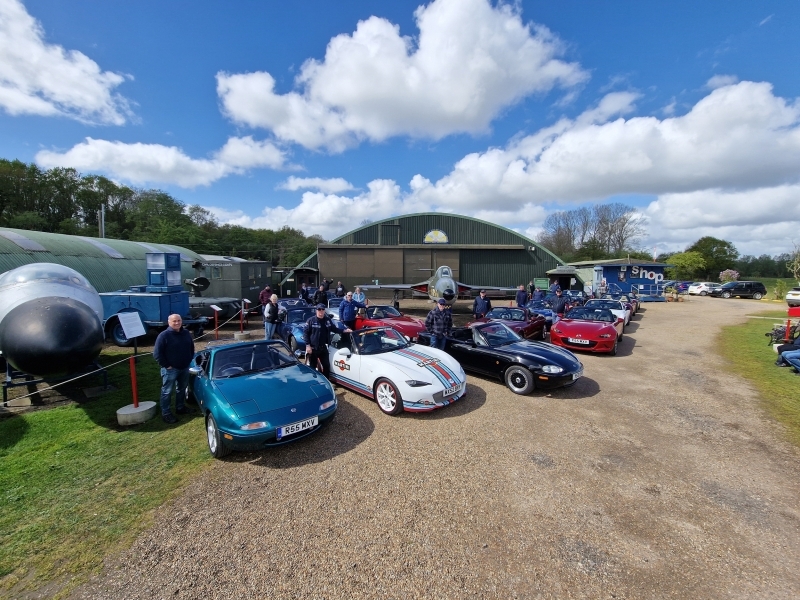


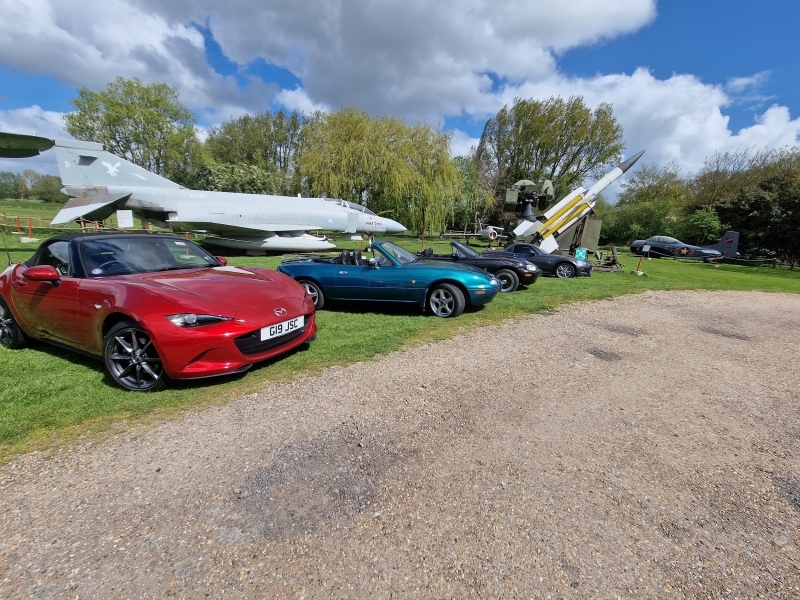

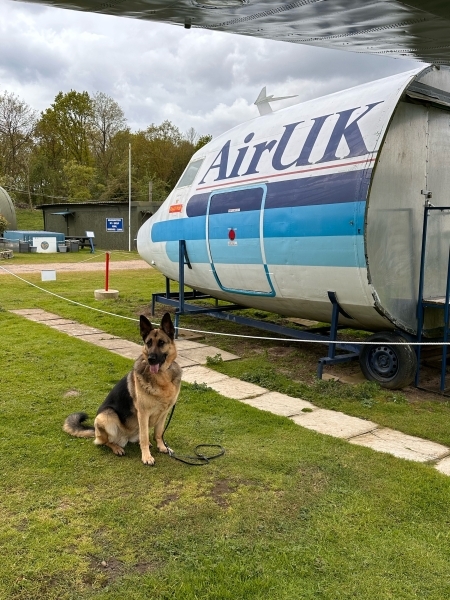

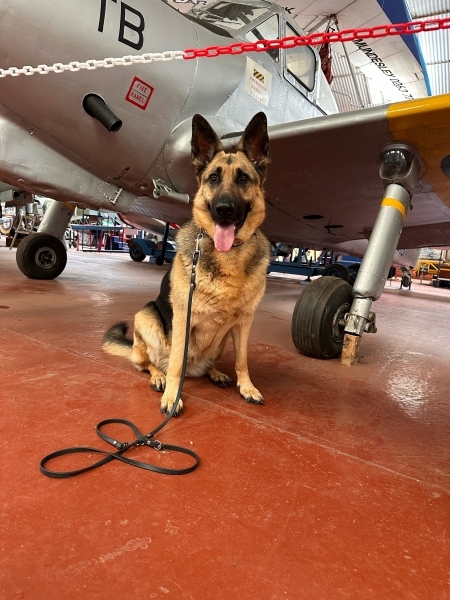

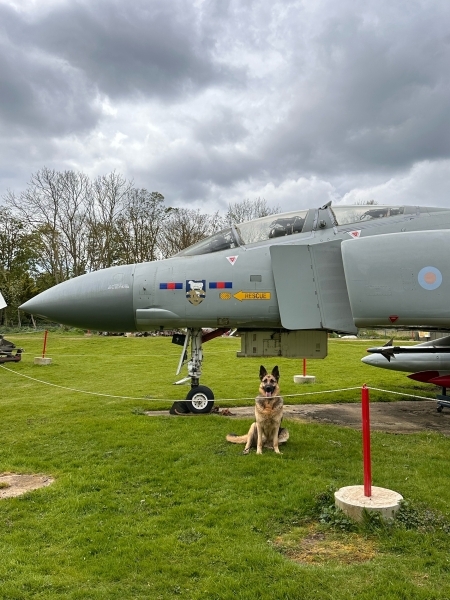

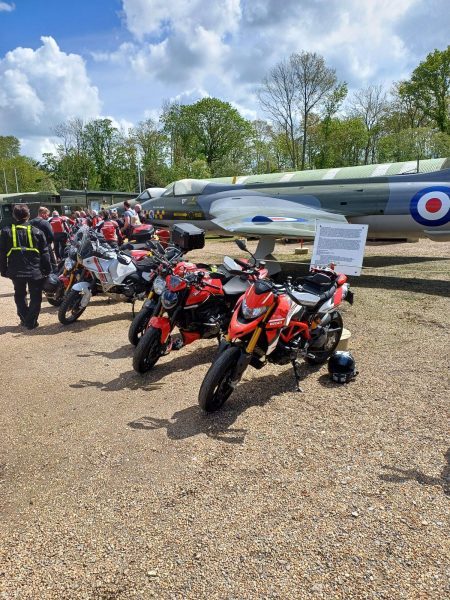
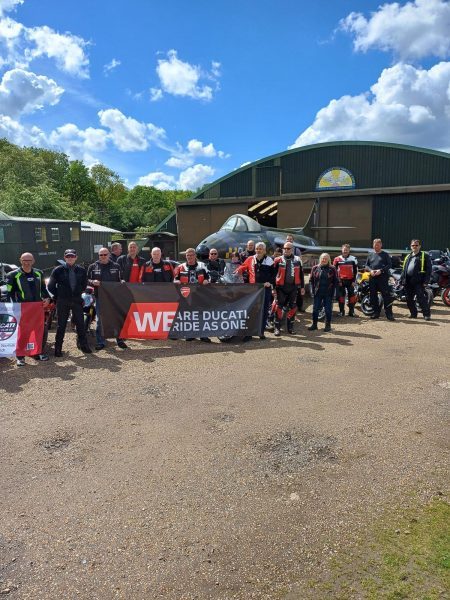
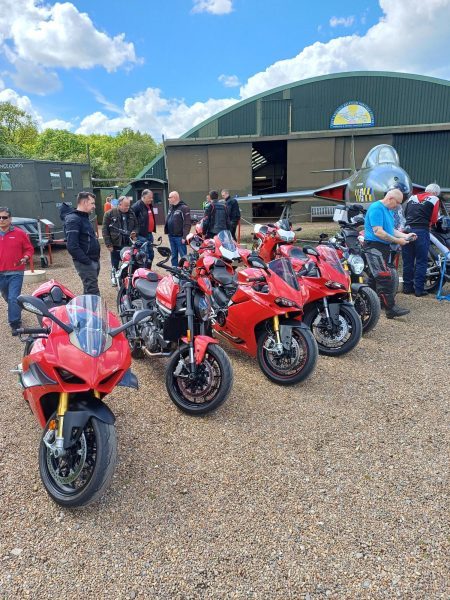
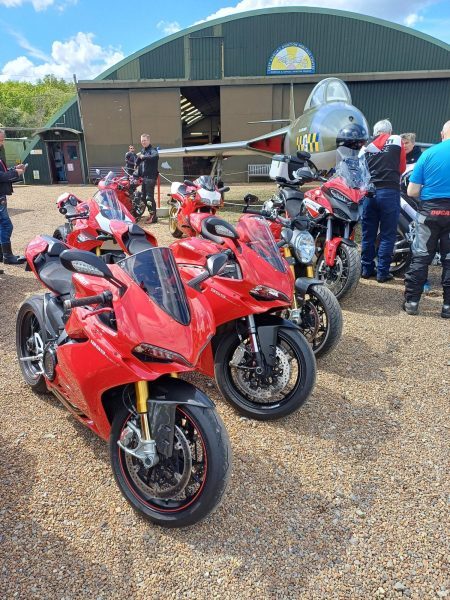
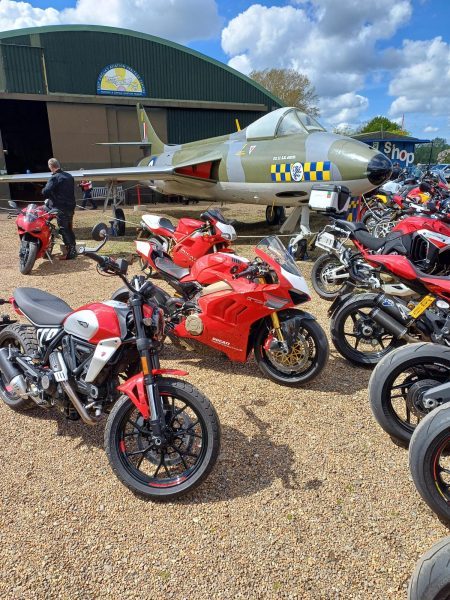
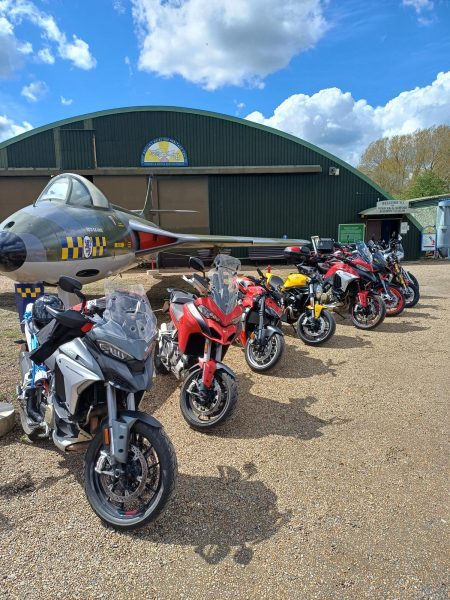


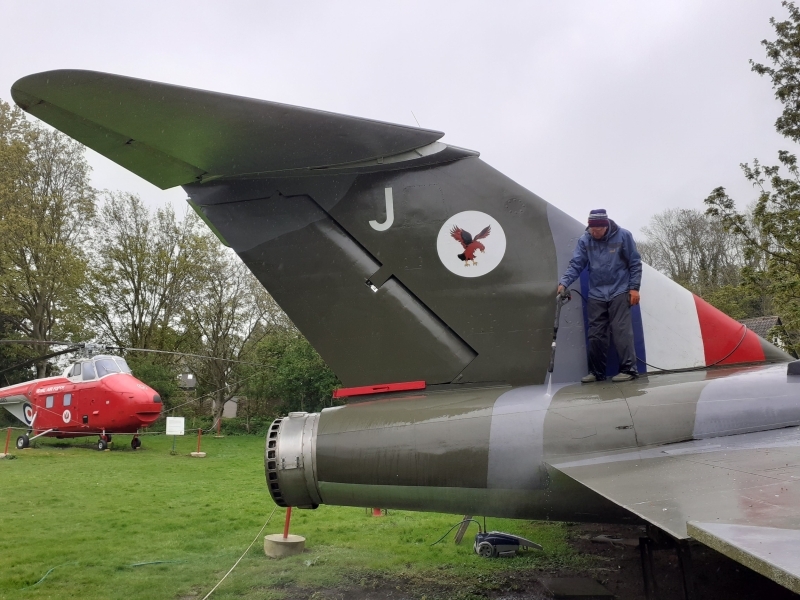


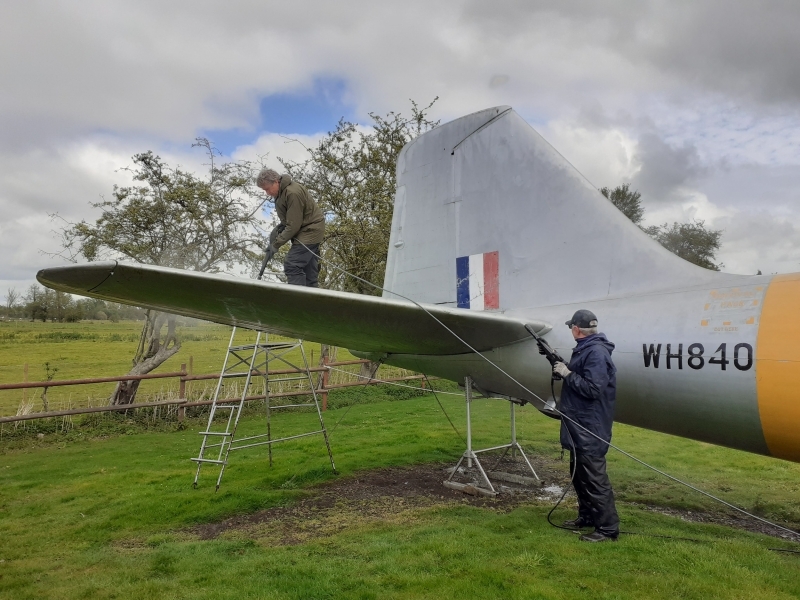

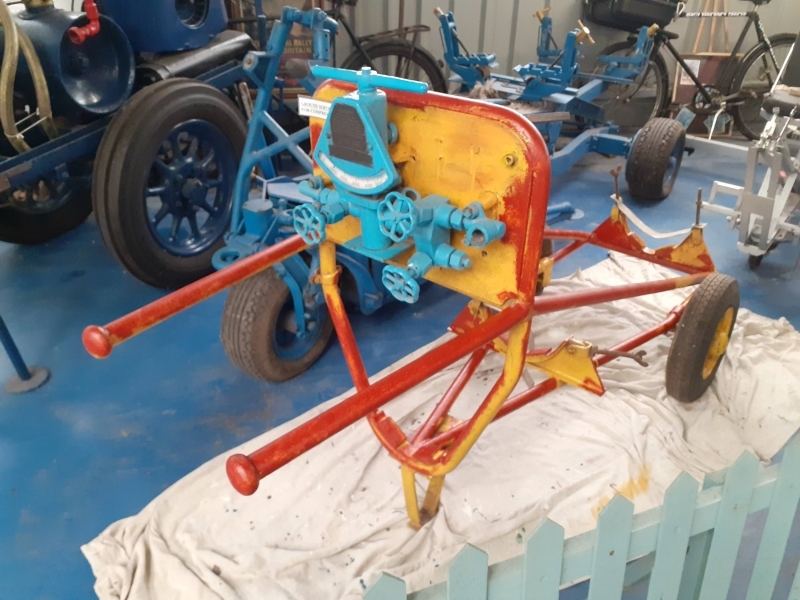

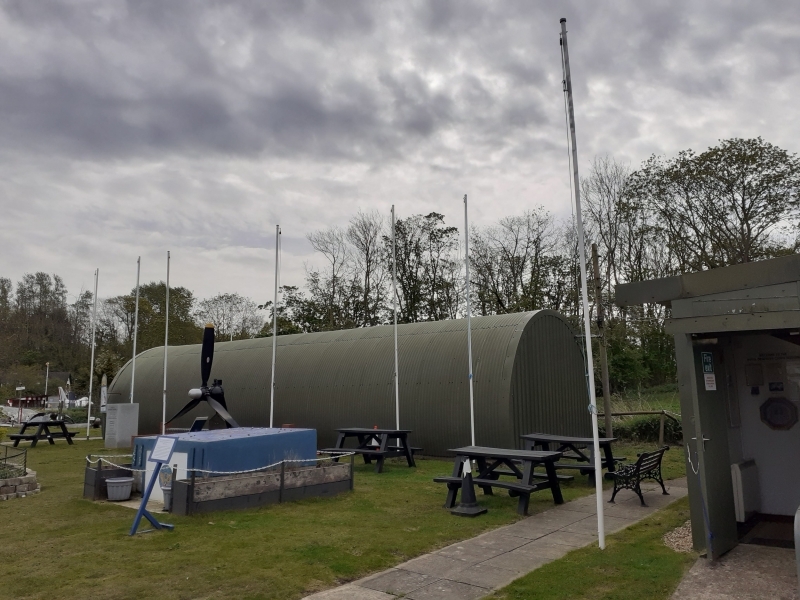
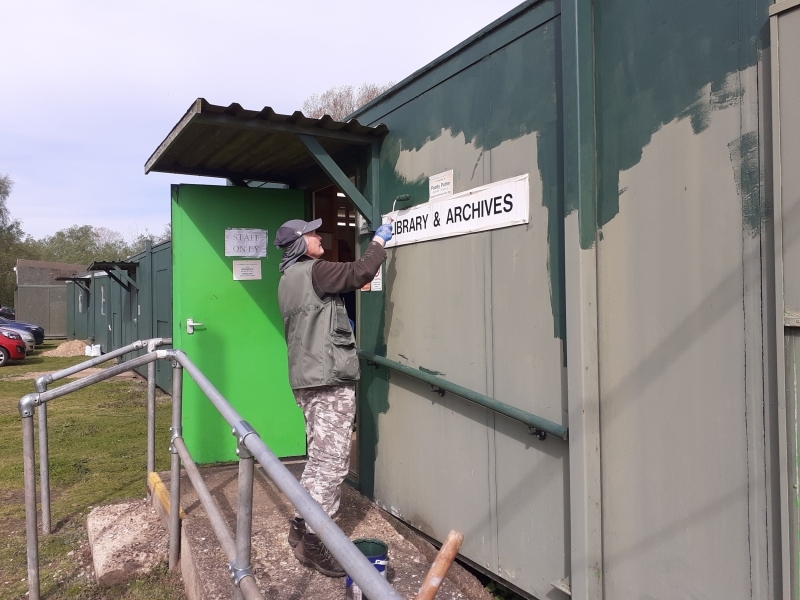
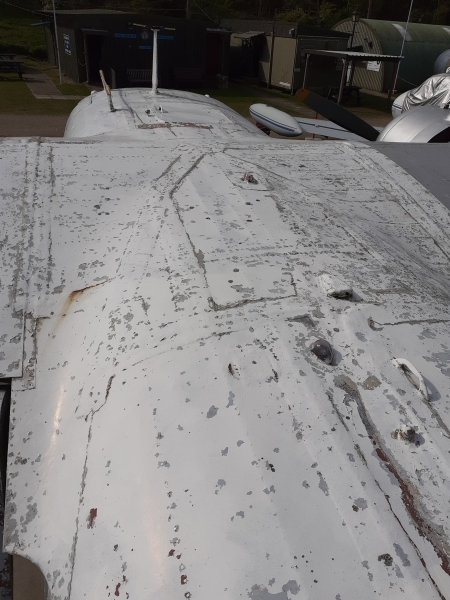
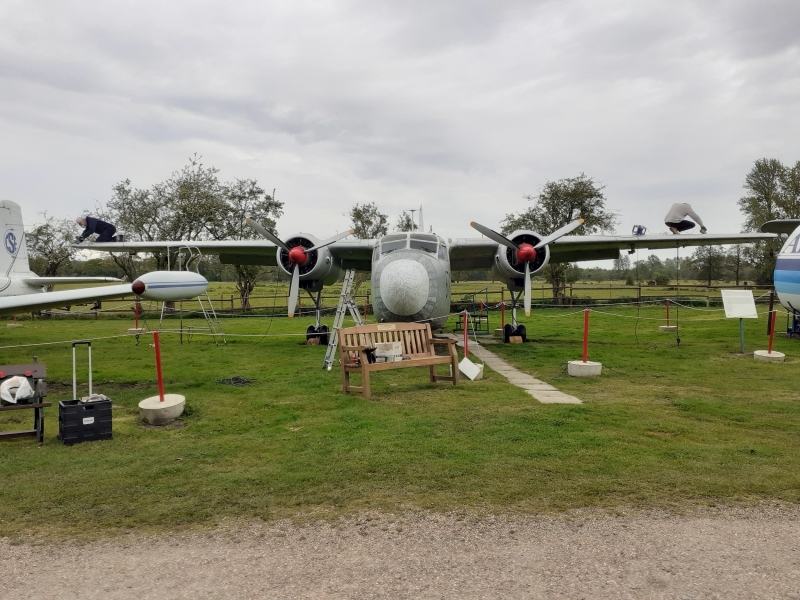
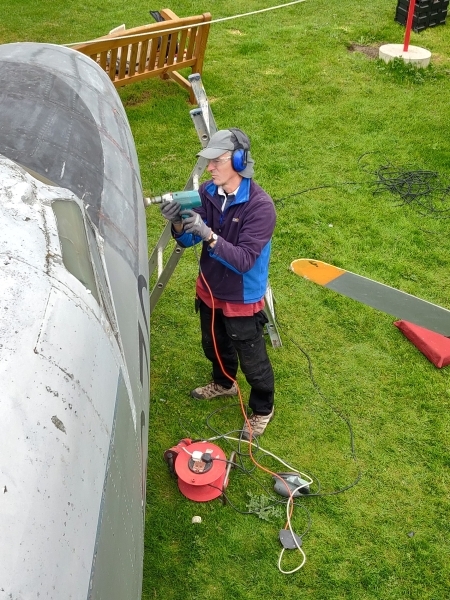
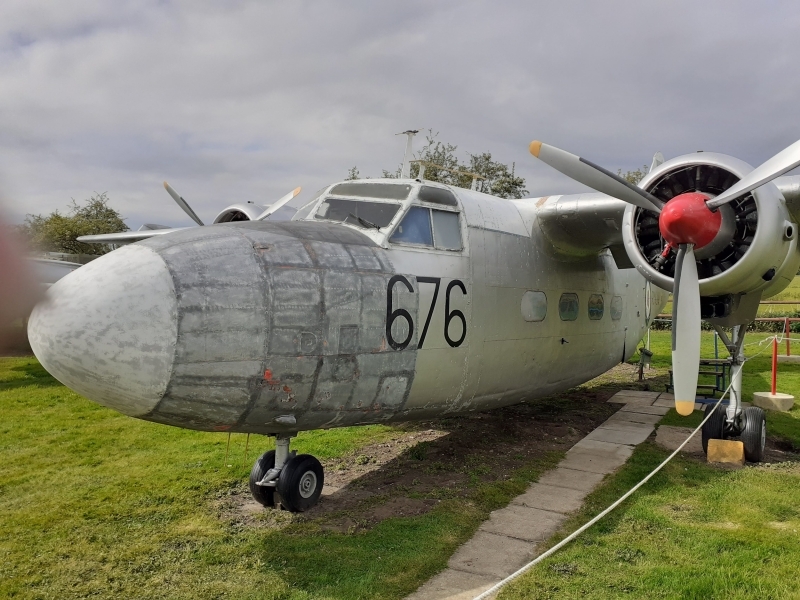






Great pictures and news.